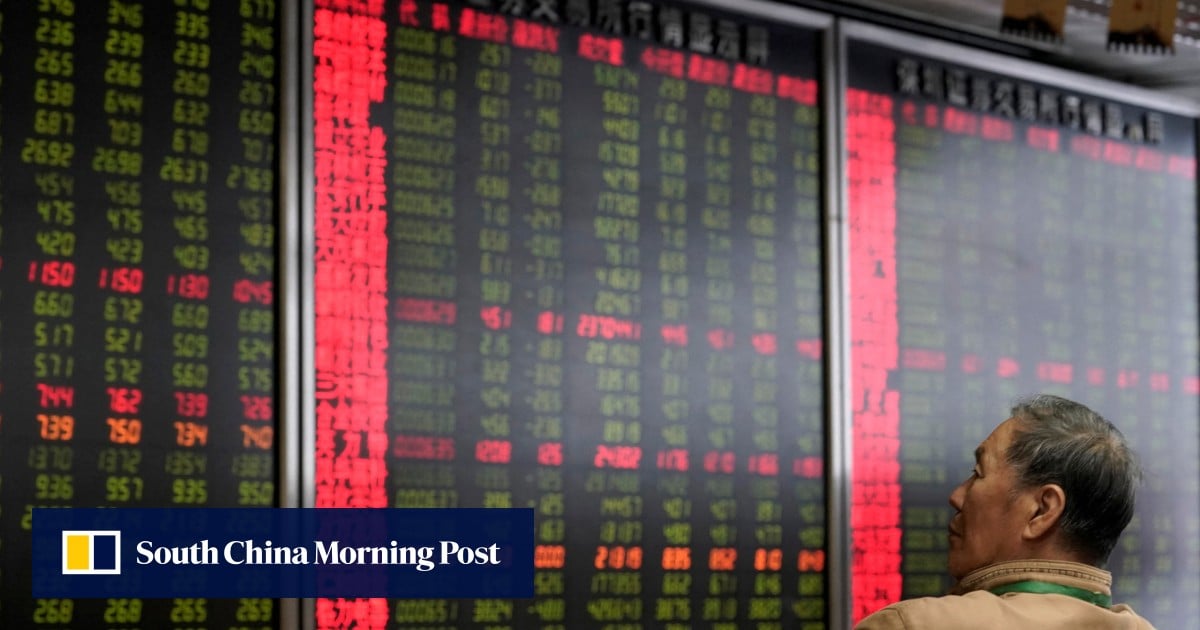
04 Apr China’s ‘national team’ bloats CSI 300 ETFs, as buying binge propels them to top of mutual-fund bracket
China’s state-directed buying binge has swollen the size of exchange-traded funds (ETFs) tracking the underlying benchmark CSI 300 Index, vaulting these investment products to the top of the nation’s mutual-fund rankings.
This intervention is reflected in the outperformance of the CSI 300 Index, which includes the top 300 stocks traded on the Shanghai and Shenzhen Stock Exchanges, after it rose 4 per cent this year. This beat the 3.2 per cent gain in the Shanghai Composite Index and a 3.8 per cent loss in the Shenzhen Composite Index.
State buying “is why there’s a considerable increase in the units of CSI 300 ETFs and why the CSI 300 Index has performed well relative to other major stock gauges,” said Zhao Wei, an analyst at Founder Securities.

The total size of the four ETFs increased by at least 50 per cent in 2023 to far outstrip an 11 per cent decline in the CSI 300 Index they track, suggesting the expansion was due to massive new subscriptions from big buyers.
The size of the Huatai-PineBridge ETF jumped by 70 per cent last year from 77.5 billion yuan in 2022, Bloomberg data showed. The fund also accounted for about a third of the total assets of 373.8 billion yuan managed by Huatai-PineBridge Investments at the end of last year.
China’s ‘national team’ buys US$57 billion of ETFs to lift stock market: UBS
China’s ‘national team’ buys US$57 billion of ETFs to lift stock market: UBS
Among the four CSI 300 ETFs, the one managed by E Fund Management registered the biggest spike in asset size last year, almost tripling to 48.8 billion yuan, according to Bloomberg data. The Harvest CSI 300 Index ETF almost doubled to 41.3 billion yuan in 2023.
“The significant increase in the scale of the CSI 300 ETFs is a result of the buying led by the national team such as Central Huijin,” said Baocheng Futures in a report this month.
Central Huijin’s ETF holdings totalled 118 billion yuan at the end of 2023, according to TX Investment Consulting.
